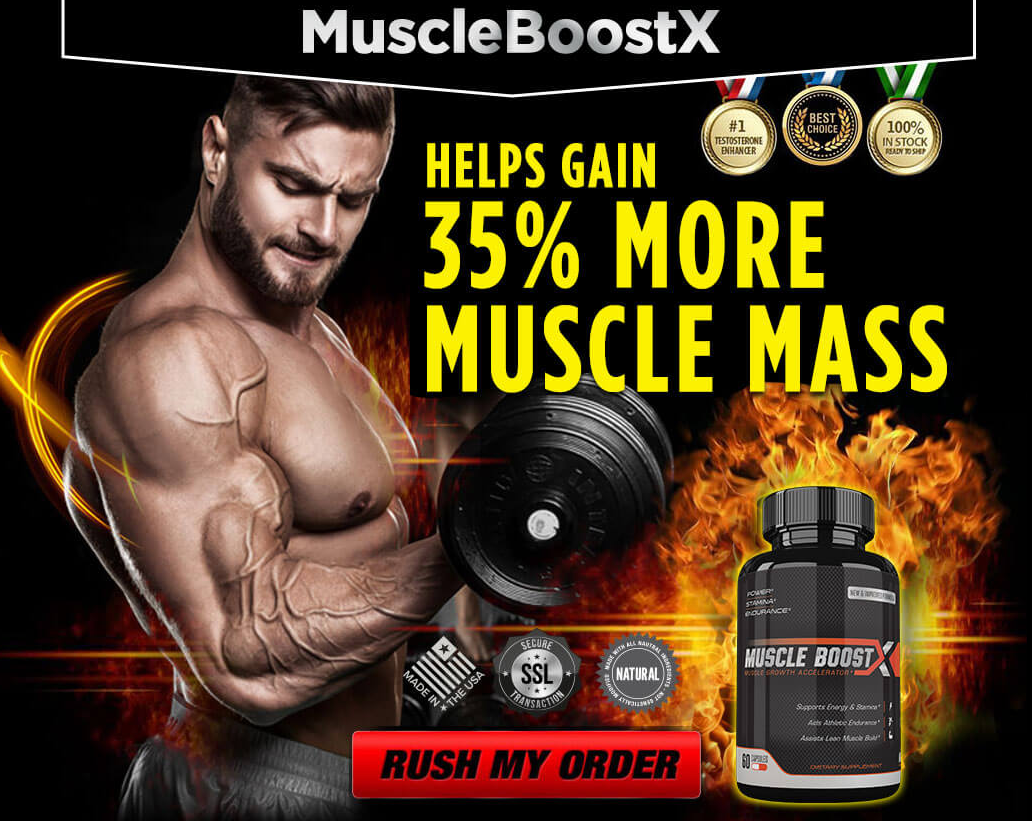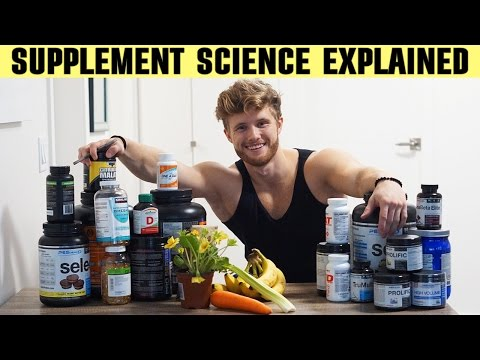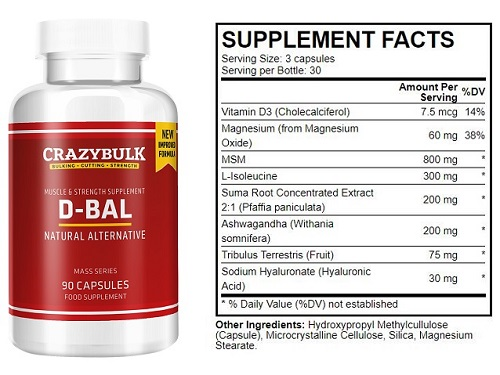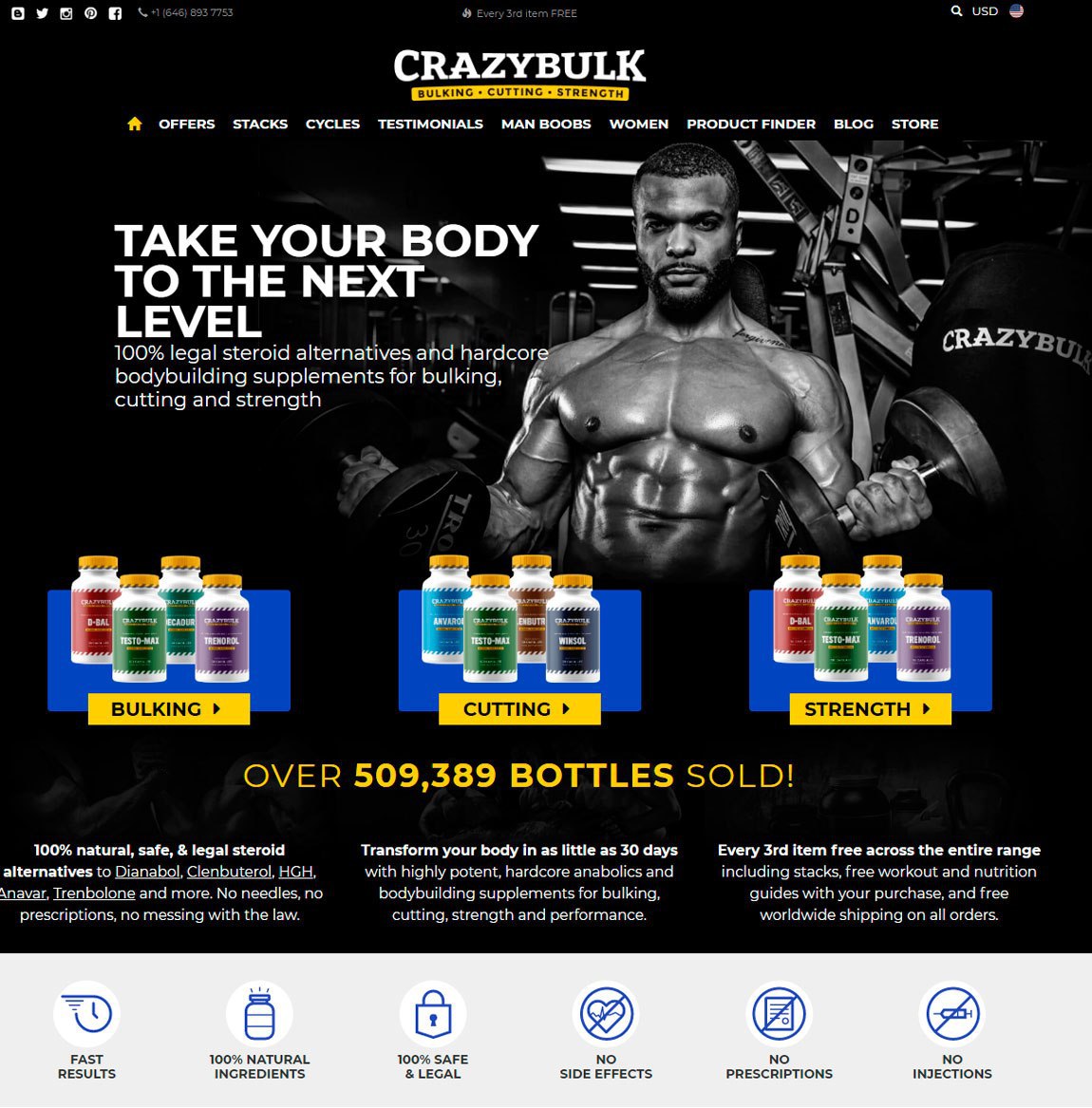Human growth hormone structure, hormone structure — Buy anabolic steroids online
Human growth hormone structure
The endocrine system influences the muscle growth and development throughout life, and hormone excess or deficiency can affect the muscle structure and function1. A small hormonal imbalance can cause skeletal muscle hypertrophy, whereas another imbalance can lead to muscle atrophy or the development of muscle wastage (wasting) syndrome. The endocrine system, as well as the growth and development of the muscles, is closely connected with the hypothalamic–pituitary–gonadal (HPG) axis, human growth hormone supplements shop. The HPG axis has two components: Leydig cells generate GnRH (gonadotropins or gonadotropins) from their own estrogen secretion, and the hypothalamus directs the GnRH secretion and subsequent actions to the pituitary glands. Leydig cells are also the precursor for adrenal cortisol, that stimulates the adrenal cortex, which signals the hypothalamus to release GnRH 2-3, FSH structure. Thus, the hormonal environment is a feedback effect in which, depending on the degree of hypothalamic–pituitary–gonadal (HPG) activity imbalance, the hypothalamus may release adrenalin into the circulation, which stimulates secretion of GnRH by the pituitary gland, and thus stimulate the LH secretion by the testes, human growth hormone structure.
The endocrine system, together with the growth and development of the muscles, is an important source of growth hormone (GH), growth hormone-releasing hormone (GHRH), epinephrine, norepinephrine, adrenocorticotropic hormone (ACTH), prolactin, and testosterone. The GH/HGH ratio in adult humans is between 1, growth hormone function.5:1 and 2, growth hormone function.5:1, and the GH/ACTH ratio exceeds 1, growth hormone function.00:1, growth hormone function. The GH/GHRH ratio increases with age, and it is especially high in persons who have low levels of both gonadotropins, which is why low-GH subjects are more inclined to grow, human growth hormone treatment australia. In addition, high levels of GH stimulate the hypothalamus and pituitary glands, and the pituitary adrenal glands, thus, stimulating growth, while low GH levels reduce the activity of these adrenal glands in response to GH. However, the amount of hormones that may stimulate muscle growth (GH, GHRH, and cortisol) varies with age, sex, and the amount of exercise that a person engages in, human growth hormone omnitrope. It also varies, depending on the level of HPG activity, with different exercise intensity as compared to that employed during childhood and puberty and the level of physical education a person engages in.

Hormone structure
This hormone is largely responsible for the changes in muscle, bone structure and density. It acts as a stimulatory or inhibitory hormone to enhance or inhibit skeletal muscle activity. The central nervous system will activate the hypothalamus and the pituitary gland on days of low or low hormonal levels, human growth hormone kenya. The hypothalamus will decrease or stimulate the secretion of gonadotropin-releasing hormone after a high and increase it during a low time period, trenbolone how to use. The pituitary gland releases estrogen during a high and reduces or stops the production of progesterone as well, human growth hormone supplements malaysia. The hypothalamus will stimulate the release of testosterone as well, hormone structure.
It controls food intake. The hypothalamus will stimulate or inhibit food intake when hormonal levels are low, human growth hormone melbourne. The hypothalamus is also affected by stress of an individual and can trigger hunger-induced secretion of the hypothalamic-pituitary-adrenal axis, human growth hormone melbourne. It’s likely that an individual will not be able to keep on a particular diet as hormonal levels drop. The hypothalamus will either increase or decrease the release of glucagon, peptides which bind to food chains in the gastrointestinal tract and increase or decrease the activity of the release of insulin, human growth hormone quest diagnostics.
Dietary Modules
The dietary module, which comprises the first three components of a healthy diet, has evolved from prehistoric hunter-gatherers who have relied on meat for survival. However, these basic components are as vital to a healthy diet today as they were to our earliest ancestors.
Carbohydrate
Low carbohydrate-dense foods such as legumes can provide a full serving of essential fiber such as soluble fiber, phytate, and insoluble fiber which can also provide important vitamins, minerals and antioxidants to the body, human growth hormone medicine. The fiber in legumes aids in the absorption of potassium, as well as helps in the release of energy. Fiber also helps in proper digestion.
The protein in most legumes is a mixture of proteins found in different foods, structure hormone. In our modern American culture, meat-derived foods generally contain more protein than legumes, but legumes provide more fiber, phytate and soluble fiber.
Fiber
While the dietary structure of a person will change from their diet of stone age to our contemporary Western environment, the food component that is the most important is fiber, human growth hormone medicine. Fiber consists primarily of carbohydrates along with electrolytes and vitamins. Some of the most significant foods which supply fiber are vegetables (bran, kidney and chives), grass-fed meats (eg cattle, poultry, eggs), vegetables, grains and legumes.
Sugar

Andarine is designed specifically for the treatment of muscle atrophy, perfectly copes with the suppression of destructive catabolismof protein synthesis, and has a broad spectrum of anti-catabolic activity and therapeutic benefits for healthy athletes who are willing to invest the time and effort, the tools and experience, and the passion to get the most benefit of every hour of training.
Atherosclerosis A:
Atherosclerosis refers to the accumulation of free fatty proteins (FFPs) or fatty acids in the tissue or in the blood vessels and blood vessels of the bone and joint tissues. An athlete suffering from an atherosclerotic injury can suffer several different forms of damage:
Muscle rupture An athlete cannot perform an individual level movement without substantial stress; this makes it an especially difficult exercise to do properly because the stress on the muscle and joints is high. Aortic rupture Aortic damage occurs where a blood vessel ruptures; this can lead to fluid buildup around the vessel, which leads to the accumulation of fluid (aorta fluid) within the muscle. Arthritis (arthritis) A muscle becomes susceptible over time to joint disease and inflammation, as the inflammation causes the bone to contract (skeletal muscle hypertrophy). In an athlete suffering from osteoarthritis it is very likely that the muscle is injured or defective (elevated), because it has an abnormally high degree of collagenous damage. Sarcopenia (sore muscles) The contraction of muscles that are subjected to chronic tension, fatigue or other stress becomes aggravated after prolonged use. A high degree of sarcopenia can lead to muscle and joint degeneration (damage) and a low level of strength, because the muscles are not able to properly contract properly and are constantly fatigued. Arthritis and sarcopenia are two separate conditions that are quite distinct: sarcopenia is usually seen in older, stronger individuals (typically athletes, such as college level athletes and the elderly), while arthritis and sarcopenia occur in younger, weaker, more sedentary individuals. It is likely that the two diseases can be treated with a combination of training and various medications to counter the damaging effects of both diseases. Muscle weakness A weak, immature, and underdeveloped muscle tissue can eventually develop into «weak-ness», which will be unable to take the stress of training properly and will eventually cause it to break out. This will create a temporary inflammation of the tissue. This will then eventually lead to atrophy by accumulation of fatty tissue, protein, salts and other waste products in the muscle. The condition is best treated with additional resistance training and stretching. Muscle

Related Article: trenbolone how to use, https://www.techtronserv.com/profile/ignacialaun1995/profile
Most popular products: https://bogleheads.ru/community/profile/gsarms45182450/, bodybuilding steroid stacks for mass, best steroid post cycle
Human growth hormones can help adults improve energy levels, build muscle mass, lose weight, balance their testosterone and cholesterol levels, improve their. The national institute for health and care excellence (nice) recommends human growth hormone treatment (somatropin) as an option for children whose poor growth. 2005 · цитируется: 25 — human plasma epo levels increased within 6 h after the start of rhgh administration, suggesting that gh directly stimulates epo production. Growth hormone fuels childhood growth and helps maintain tissues and organs throughout life. It’s produced by the pea-sized pituitary gland — located at the. Nutropin aq® (somatropin) injection for subcutaneous use is a human growth hormone that is available by prescription only. 2018 · цитируется: 12 — like most other protein hormones, hgh acts by interacting with a specific receptor on the surface of cells. Human gh’s effect on height appears. 2021 · цитируется: 3 — human growth hormone (hgh), also known as somatotropin, is a 191 amino acid single-chain polypeptide produced by somatotropic cells within. 2008 · цитируется: 48 — recombinant human gh (rhgh) administration has therapeutic value as a replacement therapy for growth hormone deficiency (ghd), increasing lean
Not structurally, they may have diverse chemical structures. Endocrine glands release hormones. This lets the hormones travel to cells in other parts of the body. 2000 · цитируется: 156 — pth and a related molecule, parathyroid hormone-related peptide (pthrp), act on cells via a common pth/pthrp receptor. To define more precisely the ligand-. 2015 — the structure of peptide hormones is that of a polypeptide chain (chain of amino acids). The peptide hormones include molecules that are short polypeptide. — in the brain, hormones alter the production of gene products that participate in synaptic neurotransmission as well as affect the structure of. Structures was unknown, but they lacked the. Our small molecule structure-guided r&d center in the u




